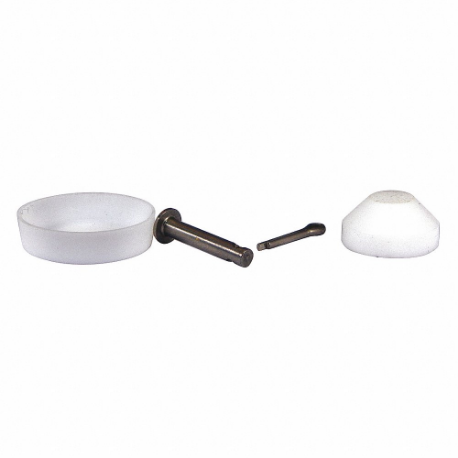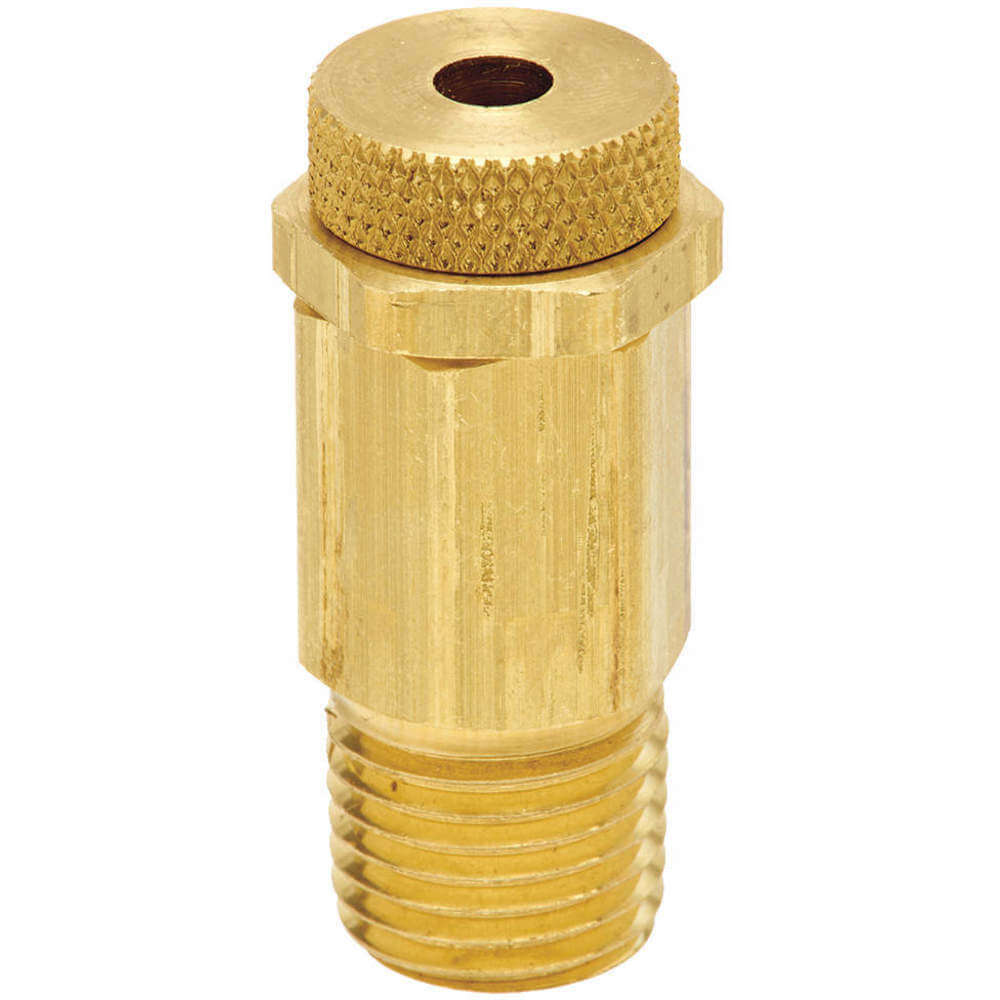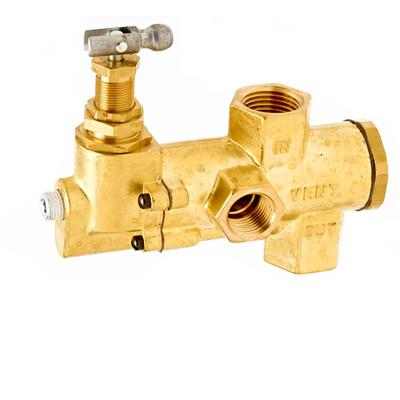Mark Load Genie
Mark Load Genie is a pressure regulator used to maintain consistent water pressure in residential and commercial buildings. It is installed on the main water line and uses a diaphragm to control pressure, adjusting to changes in demand in seconds. It helps prevent damage to plumbing fixtures and app...

















